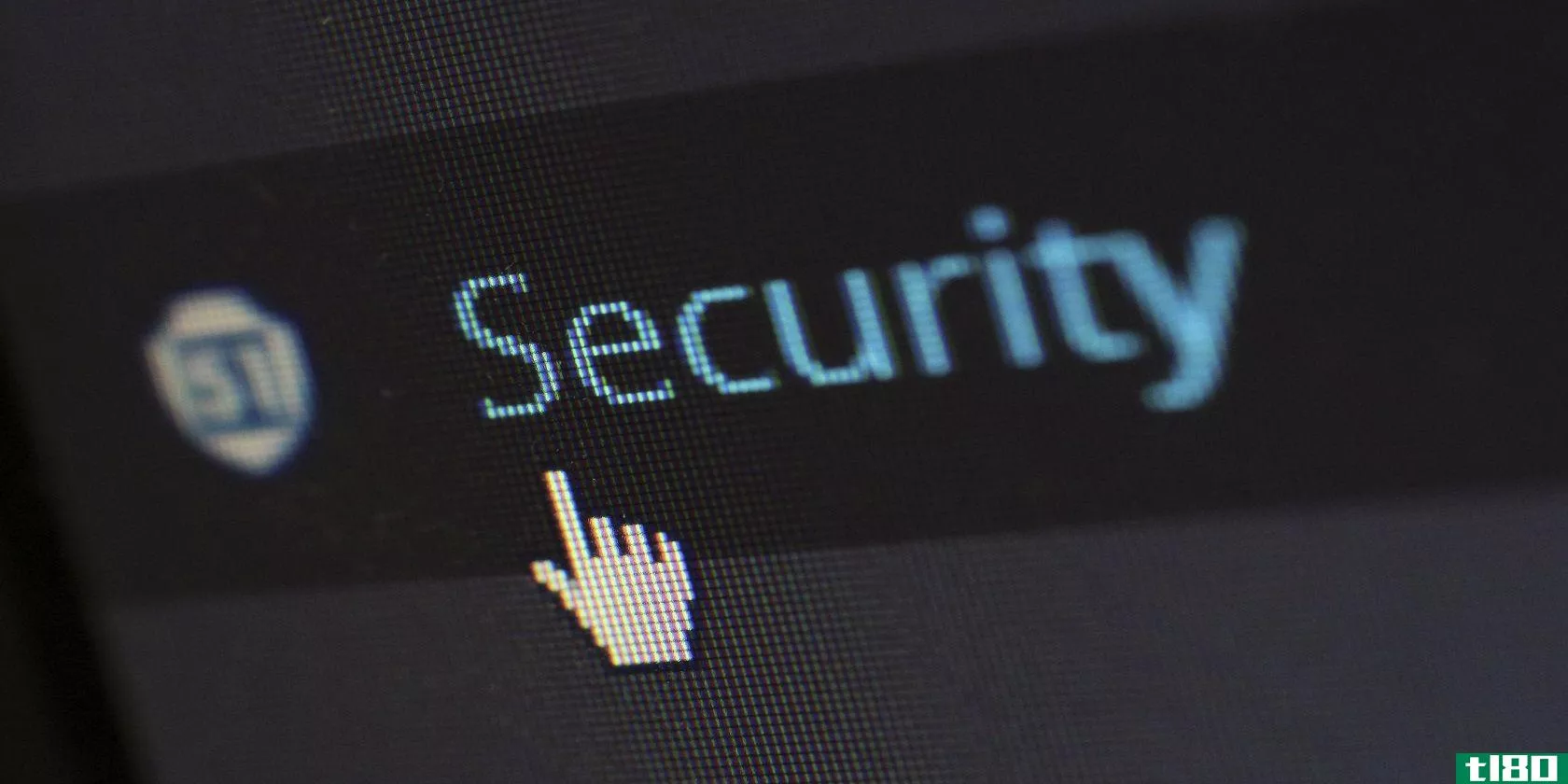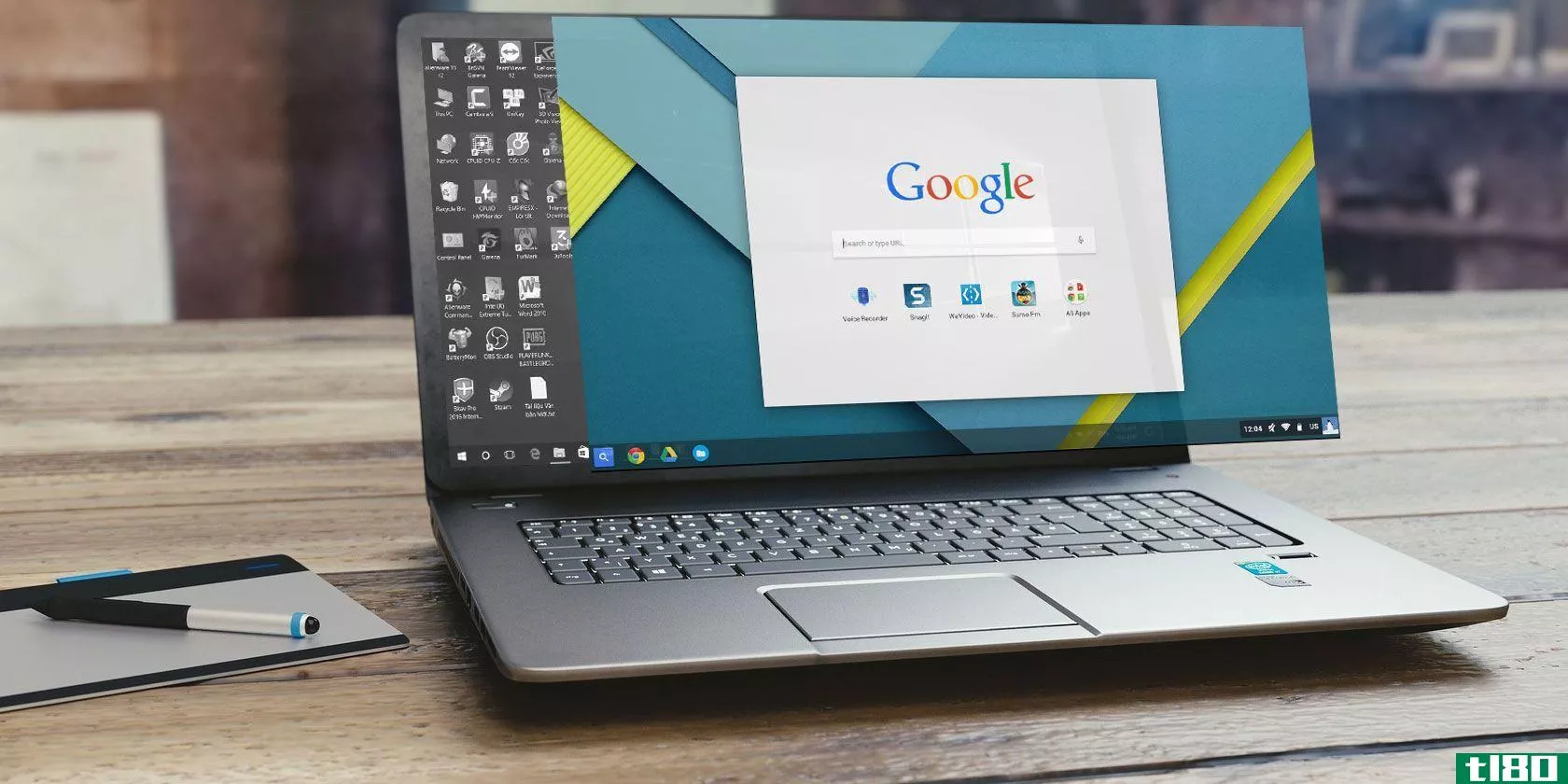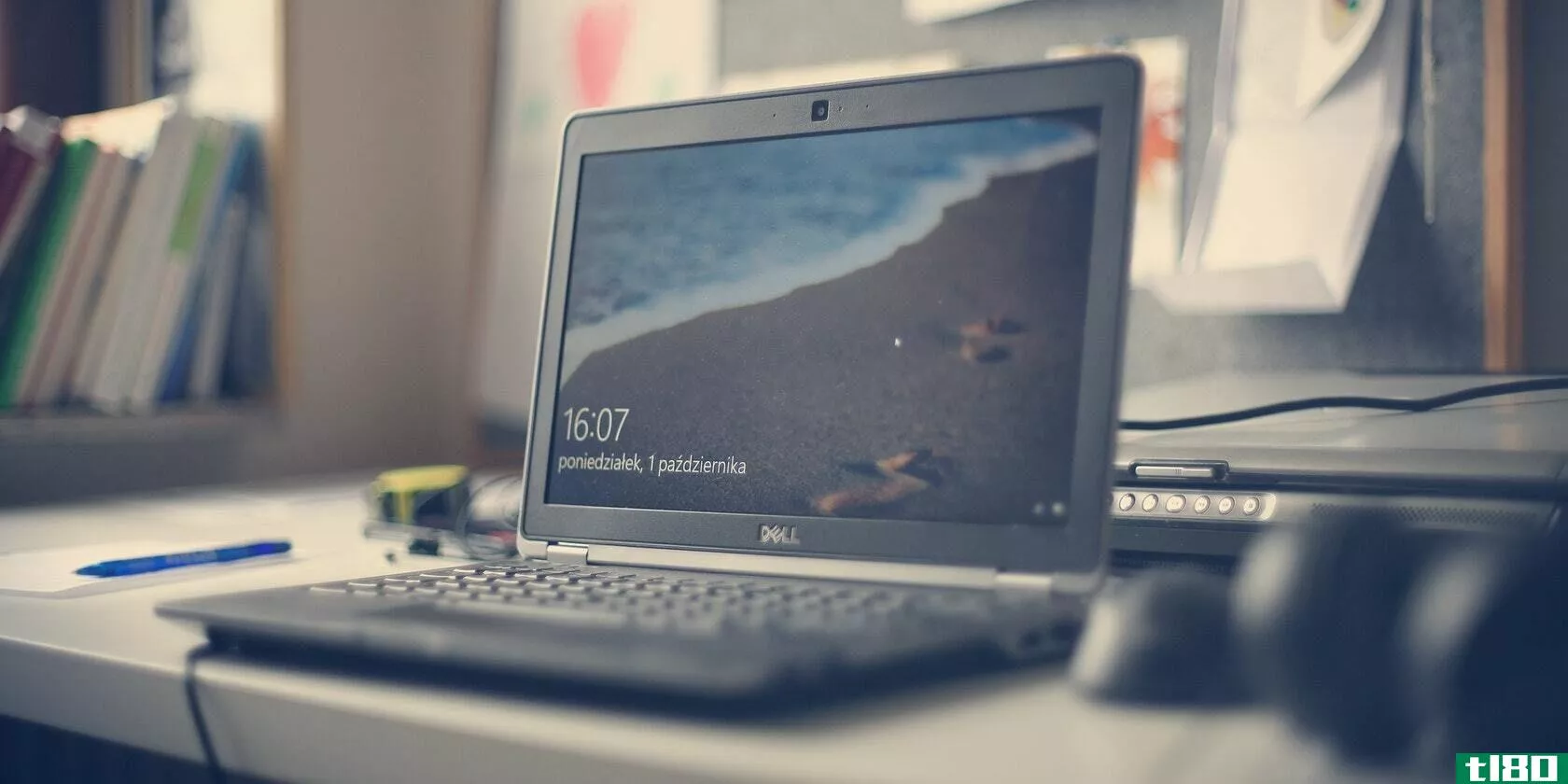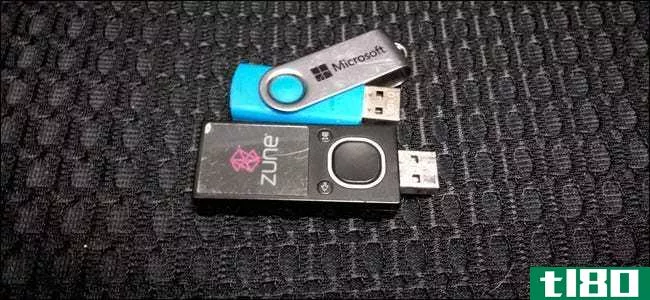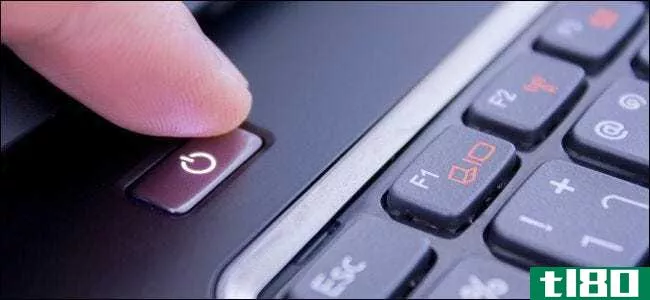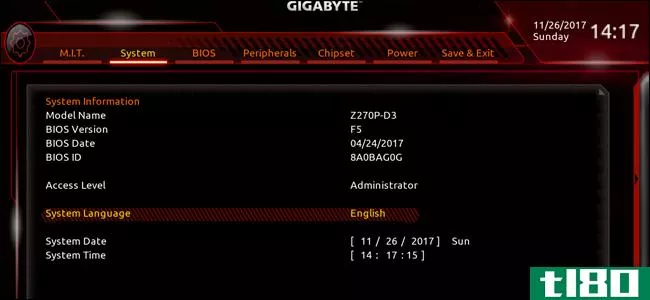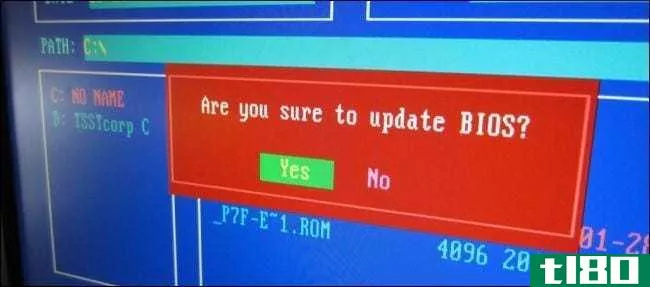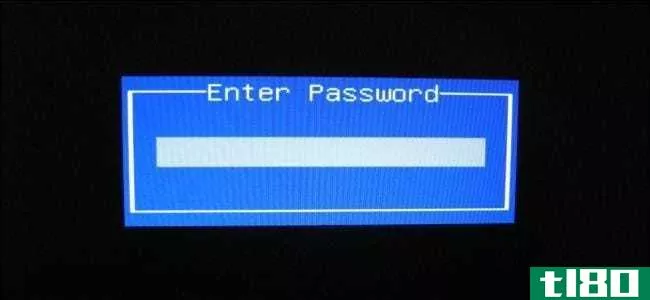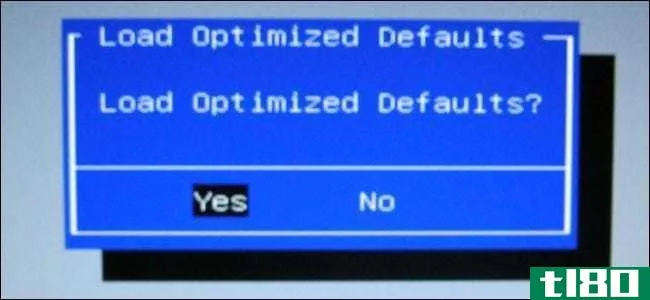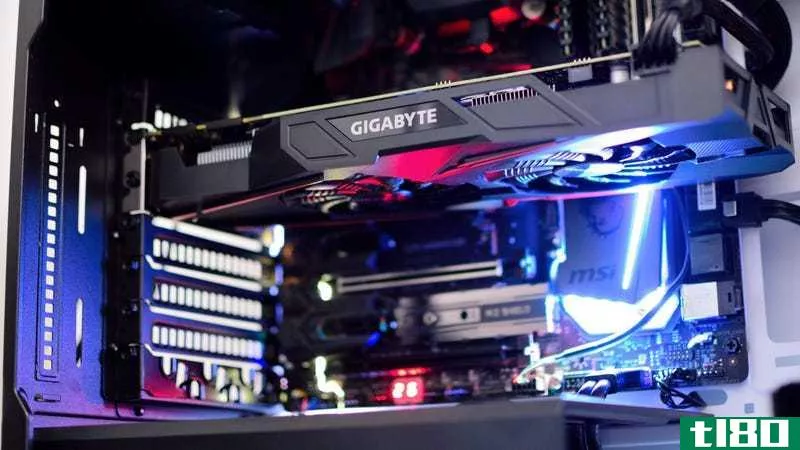bios存储在哪里?

对于那些刚开始学习计算机的人来说,BIOS在某些人看来可能有点“神秘”,并且会产生诸如“BIOS存储在我的计算机上的位置和方式?”?“今天的超级用户问答将关注这些问题的答案。
今天的问答环节是由SuperUser提供的,SuperUser是Stack Exchange的一个分支,是一个由社区驱动的问答网站分组。
由Richard Masoner/Cyclelicious(Flickr)提供的屏幕截图。
问题
超级用户阅读器T…想知道BIOS的实际存储位置:
From the Wikipedia Article on BIOS:
- BIOS software is stored on a non-volatile ROM chip on the motherboard. … In modern computer systems, the BIOS contents are stored on a flash memory chip so that the contents can be rewritten without removing the chip from the motherboard. This allows BIOS software to be easily upgraded to add new features or fix bugs, but can make the computer vulnerable to BIOS rootkits.
ROM is read only, so why can the BIOS contents be rewritten? Does the “flash memory chip” mean the same thing as the “non-volatile ROM”, both meaning where BIOS is stored?
到底是什么,这里有交易吗?BIOS是存储在两个“不同”的介质上,还是只存储在一个介质上?
答案
超级用户贡献者Varaquilex为我们提供了答案:
- ROM is read only, so why can the BIOS contents be rewritten?
The BIOS program itself is stored in an EEPROM (which can be [E]lectrically [E]rasable and [P]rogrammable [R]ead [O]nly [M]emory) or flash-memory. So the read-only here is about the chip being non-volatile. The contents of the memory stays when the power is cut off, unlike volatile RAM. The ROM being EEP means that the BIOS can be re-written or updated. For such operati*** in the past, you had to remove the BIOS chip from the board, put a new one in (if it was not PROM or EPROM), or if it was EPROM, you had to get it to the manufacturer and let them re-program the chip, then re-attach it to the board. After current advances, thanks to EEPROMs, you do not have to remove chip to do such operati***, you just make the computer do the job electrically.
- Does the “flash memory chip” mean the same as the “non-volatile ROM”, both meaning where BIOS is stored?
from Wikipedia:
- Flash memory is an electronic non-volatile computer storage medium that can be electrically erased and reprogrammed.
- Flash memory was developed from EEPROM (electrically erasable programmable read-only memory). There are two main types of flash memory, which are named after the NAND and NOR logic gates. The internal characteristics of the individual flash memory cells exhibit characteristics similar to those of the corresponding gates. Whereas EPROMs had to be completely erased before being rewritten, NAND type flash memory may be written and read in blocks (or pages) which are generally much **aller than the entire device. NOR type flash allows a single machine word (byte) to be written—to an erased location—or read independently.
EEPROM and flash memory do not refer to same thing. They are two similar memory types as one is developed from the other, and contain different types/configurati*** of MOS transistors. However, they are the memory where the BIOS program resides.
To address another misconception, I want to mention this CMOS-BIOS relati***hip:
The BIOS settings are stored in the CMOS chip (which is kept powered up via the battery on the motherboard). That is why the BIOS is reset when you remove the battery and re-attach it. The same program runs, but the settings are defaulted. See this answer for a detailed view of memories used during the booting process.
To extend the CMOS-BIOS topic, thanks to @Andon M. Coleman, I want to add his comment to the answer:
- It is worth mentioning that the BIOS settings do not have to be stored in volatile CMOS memory. There are plenty of embedded systems that store their settings in NVRAM. The only reason PCs have gotten away with using volatile CMOS all these years is that they already had a battery to keep the internal real-time clock ticking while the power is off (recall that when you pressed the power switch on a PC-AT, it literally cut all power off to the motherboard). This meant that cheaper volatile memory could be used to store system settings. So it is mostly for historical purposes.
有什么要补充的解释吗?在评论中发出声音。想从其他精通技术的Stack Exchange用户那里了解更多答案吗?在这里查看完整的讨论主题。
- 发表于 2021-04-11 12:01
- 阅读 ( 146 )
- 分类:互联网
你可能感兴趣的文章
什么是可信平台模块(tpm)?
... TPM的工作原理是生成一对加密密钥,然后安全地存储每个密钥的一部分,同时提供篡改检测。它只是意味着私有加密密钥的一部分存储在TPM中,而不是完全存储在磁盘上。 ...
- 发布于 2021-03-11 01:38
- 阅读 ( 722 )
如何在windows中更新uefi bios
... UEFI BIOS版本的出现让位于大规模(>2.2 TB)存储系统,这些存储系统无法在传统BIOS上运行。它还允许在需要时使用预引导环境来移动文件、诊断问题,甚至在不需要操作系统(OS)的情况下浏览internet。 ...
- 发布于 2021-03-16 17:13
- 阅读 ( 244 )
如何将任何pc或笔记本电脑变成chromebook或chromebox
... 可选:您可能需要更新设备的BIOS,擦除其存储,并关闭BIOS/UEFI中的一些功能。 将CloudReady映像到可引导介质上,例如使用蚀刻器的USB闪存驱动器。 将CloudReady安装到计算机上。此过程具...
- 发布于 2021-03-25 13:02
- 阅读 ( 373 )
如何修复windows10中的kmode异常未处理错误
...请确保已断开所有外部硬件的连接。这包括键盘、鼠标、存储设备和视频游戏控制器。在启动时检查是否有任何打嗝,或在启动后重新出现错误。 ...
- 发布于 2021-03-27 00:07
- 阅读 ( 301 )
如何修复windows 10错误代码0xc00000e
... 这可能是SSD或通常存储系统文件的硬盘出现了一些问题。错误也可能由损坏的系统文件触发,这可能会阻止Windows 10正常启动。 ...
- 发布于 2021-03-29 12:05
- 阅读 ( 685 )
如何(以及为什么)运行可移植版本的windows
...斯或温图斯布的副本 一个USB 3.0闪存驱动器至少有32 GB的存储空间更大更好!你可以使用2.0U盘,但速度会非常慢。 Windows ISO 可移植Windows副本的有效许可证 选项1:在带有rufus的u**驱动器上安装windows 首先,你需要下载Rufus并启动...
- 发布于 2021-04-03 19:29
- 阅读 ( 136 )
当你打开电脑的时候到底发生了什么?
...efi或bios 现在它有电了,CPU会自动初始化,寻找一个通常存储在主板芯片中的小程序。 在过去,个人电脑加载的东西被称为BIOS(基本输入/输出系统)。在现代个人电脑上,CPU加载的是UEFI(统一可扩展固件接口)固件。这是旧...
- 发布于 2021-04-04 02:37
- 阅读 ( 304 )
如何构建自己的计算机,第三部分:准备好bios
... BIOS是“基本输入输出系统”的意思,它是一个小程序,存储在主板的一个小内存芯片上,在操作系统运行之前,它在计算机上运行,设置所有内容并允许您更改基本设置。它允许你安装一个新的操作系统,覆盖一个旧的操作系...
- 发布于 2021-04-06 23:46
- 阅读 ( 158 )
什么是uefi,它与bios有何不同?
...是什么意思。 当您的计算机引导和POST完成后,BIOS会查找存储在引导设备上的主引导记录或MBR,并使用它启动引导加载程序。 您还可以看到缩写CMOS,它代表互补金属氧化物半导体。这是指由电池供电的内存,BIOS将各种设置存储...
- 发布于 2021-04-07 01:28
- 阅读 ( 153 )
您需要更新计算机的bios吗?
...此,它是具有类似角色的低级系统软件。 与操作系统(存储在硬盘上)不同,计算机的BIOS存储在主板的芯片上。 图片来源:Uwe Hermann on Flickr 刷新bios **商经常发布他们电脑的更新。如果你建立自己的电脑,BIOS更新将来自你的...
- 发布于 2021-04-09 03:10
- 阅读 ( 98 )
